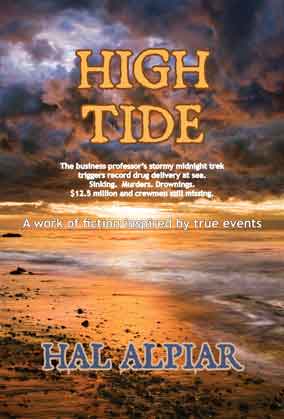When You’re Stuck Writing Dialogue, Dear Writer, Record A Dialogue. Then Write!
Give the gay guy a token lisp.
Give the stutterer
token stutters.
Give the mobster
token toughtalk.
A most amazing thing happens when you’re a “nosey” novelist, playwrite or film script writer and eavesdrop on discussions around you . . . pay close attention to not only what others say, but the way that they say what they say:
You end up writing better dialogue!
A video tape recording is probably the best way to capture the nuances of HOW words and observations and feelings are communicated, but not a whole lot of people will be receptive to being filmed as they engage in real life conversations. An audio tape is easier and quicker (though probably illegal; so, be careful!), and can accomplish almost as much if you can accompany the recording with some observation notes that report accompanying facial expressions and body language.
As for words and their delivery, depending on set and setting, people might say:
“Well, all that I am trying to say about this situation is that these are my observations,” OR “Alls I’m sayin’s that thisiz the way I seenit!”
The response might be:
“Well, that’s a distinct possibility, but the impression I have is diametrically opposed to that,” OR “Yeah, well that’snot anywheresnear thepresshun Igot!”
The question as a writer is how far do you go with offbeat dialogues and deliveries?
The answer has to do with how integral the offbeat character is to the story, and how little you can interject into the character’s speech and mannerisms and word use to be able to set up what the character is all about . . . without overkilling dialects and intentional misspellings and word usage and emphasis.
Even exciting characters will bore readers if character behaviors and presentation styles are overdone. Examine where you can cut back on the accents or dialects without losing the flavor of the character.
Give the stutterer token stutters. Give the mobster token toughtalk. Give the gay guy a token lisp. The character and your intents will have more impact and will be more engaging to readers. Consider your own tolerance levels for listening to someone stutter or lisp every third or fourth word. How many times will you feel endearment toward a “Youse guys” talker whose streetsmarts toughtalk is nonstop?
When you record real dialogue between real people—and study it, replay it, make notes about it—you will begin to get a better, more realistic feel for better ways to write dialogue. When you can write words that your characters say to each other in ways that sound (and read) like real people talk, and strike a balance to avoid character overkill, you will be well on your way to writing meaningful conversations that support your story rather than detract from it. halalpiar
Click Here to Comment On This Post


